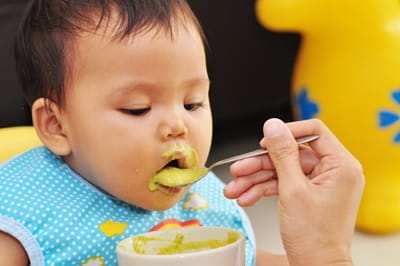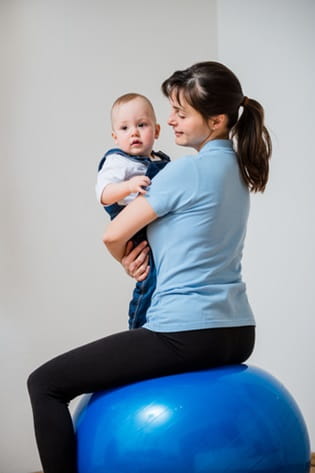If you have kids, work with kids or ever were a kid, chances are good that you have some experience with pink eye. After all, about three million cases are reported every year in the United States. Also known by its medical name of conjunctivitis, pink eye is inflammation of the clear membrane that covers the white part of the eye and the inside of the eyelid.
Symptoms of pink eye
Besides the white part of the eye turning pink or red, someone with pink eye may also have these symptoms:
- Itchy, watery eyes
- Sensitivity to light
- Sticky yellow or green mucus in and around the eyes (sometimes enough to seal the eye shut!)
What causes pink eye?
Sometimes pink eye is just a symptom of seasonal allergies. This type isn’t contagious. However, when it’s caused by a virus or bacteria, it can be very contagious, which is why it tends to make the rounds among small children at school and daycare. Viral pink eye can spread through coughing and sneezing, while bacterial pink eye is usually spread by an infected person touching their eye, and then touching objects that other people come into contact with.
Is pink eye dangerous?
If it’s just the symptom of an allergy, then pink eye doesn’t cause any harm and will clear up on its own when the allergic reaction passes. Viral pink eye doesn’t cause any damage to the eye and will typically go away within a week or so. Bacterial pink eye can be dangerous if left untreated, but an antibiotic eyedrop or ointment will take care of it pretty quickly. The problem is that it can be difficult to know what kind of pink eye your child has just by looking at it, so it’s very important to head to the doctor at the first signs.
Tips for preventing pink eye
To help reduce your child’s chances of getting (or sharing) pink eye, make sure they:
- Wash their hands often, especially when they’re around other kids
- Never share contact lenses, tissues, washcloths or other personal items that may touch the eye
- Avoid rubbing and touching their eyes
- Cover their coughs and sneezes with a tissue, if available, or with their elbow




